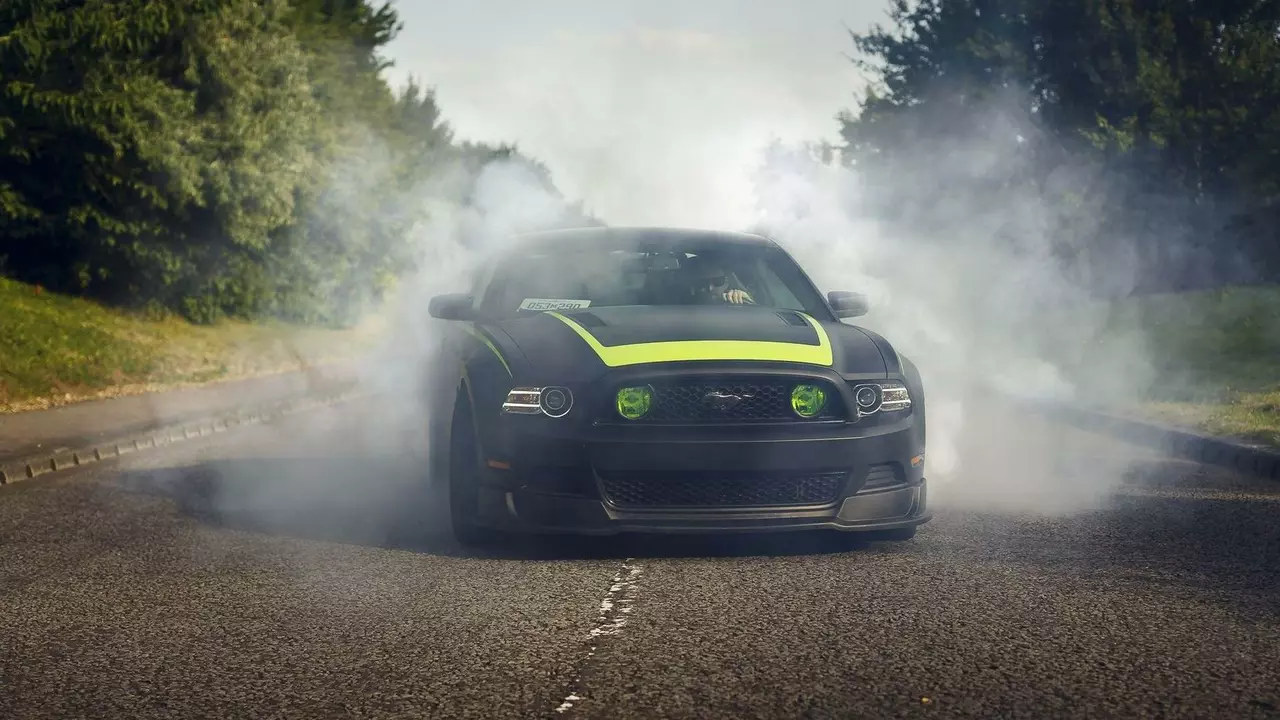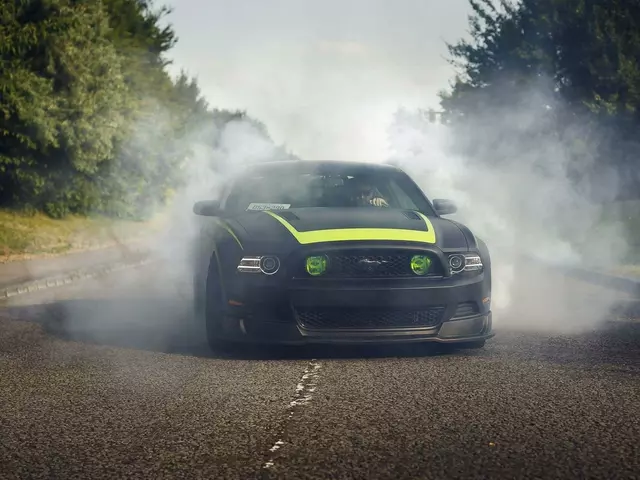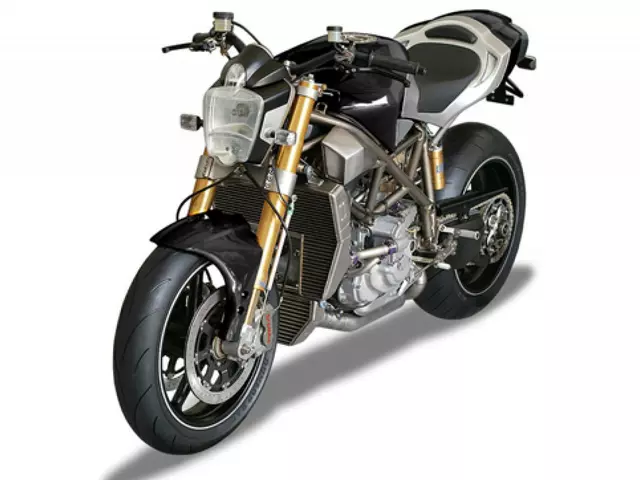Driving Techniques: Simple Tips to Up Your Racing Game
Ever wonder why some drivers zip through a corner while others scrub off speed? It usually comes down to a few core techniques that you can practice on any track or even a local road course. Below you’ll find straight‑forward advice you can try this weekend, no fancy tech required.
Cornering Basics
First thing: hit the apex, not the outside. Approach the turn from the wider side of the track, brake in a straight line, then steer smoothly toward the inside edge (the apex). Once you’re at the apex, gently open the throttle to let the car settle. This helps the tires stay glued and prevents the car from sliding.
Try a “late‑apex” drill. Pick a medium‑speed corner, brake a beat earlier, and aim to hit the apex a little later than you normally would. You’ll feel the car turn more naturally and you’ll exit faster because you’re already on the straightening line when you accelerate.
Remember to keep your hands at 9 and 3 o’clock. It gives you the best leverage and reduces the chance of over‑steering. If you’re still fighting under‑steer, ease off the throttle a touch before the turn and let the front tires do the work.
Braking and Throttle Control
Good braking isn’t just about slamming on the pedal; it’s about smoothness. Push the brake firmly, then modulate pressure as the car settles. This keeps the weight balanced and stops the rear from locking up.
Practice “threshold braking”. Find the point where the brakes are about to lock, then back off just enough to keep the wheels turning. You’ll get better grip and shave seconds off your lap.
When you’re on the throttle, avoid a sudden “hit”. Light, progressive inputs keep the car stable, especially on wet or uneven surfaces. If you feel the rear wanting to spin, ease back a little and let the tires regain grip before you press again.
One quick drill: line up on a straight, brake hard, then lift off the gas and let the car roll for a few seconds before re‑applying throttle. This teaches you how the car reacts to weight transfer and helps you find the sweet spot for acceleration.
All these tips work better when you record yourself. A simple dash cam or a phone on the dashboard lets you see where you’re braking, where you hit the apex, and how smooth your throttle is. Watch the footage, note the moments you lose time, and adjust.
At Albany Motorsports Gateshead we run regular track days where you can test these techniques under real conditions. The extra speed you gain from a solid corner entry or a clean brake can mean the difference between a podium and a mid‑field finish.
Give these drills a go, stay consistent, and watch your lap times drop. Driving is a skill you build one corner at a time, so keep practicing and have fun on the fast lane.
 29 July 2023
29 July 2023
What is the purpose of doing a burnout?
Alright, let's dive into the smoky, rubber-burning world of burnouts! We're not talking college finals fatigue here, but those heart-pounding, adrenaline-pumping, tire-scorching displays of vehicular bravado. So, why would anyone purposefully turn their precious tires into smoking remnants of their former selves? Well, it's not just about showing off or making a grand, smoke-filled exit from the local burger joint. Burnouts, my friends, are also a strategic move in drag racing, where heating up the tires increases their traction for a swift, initial launch. Now, who said burning rubber was just about the drama?





0